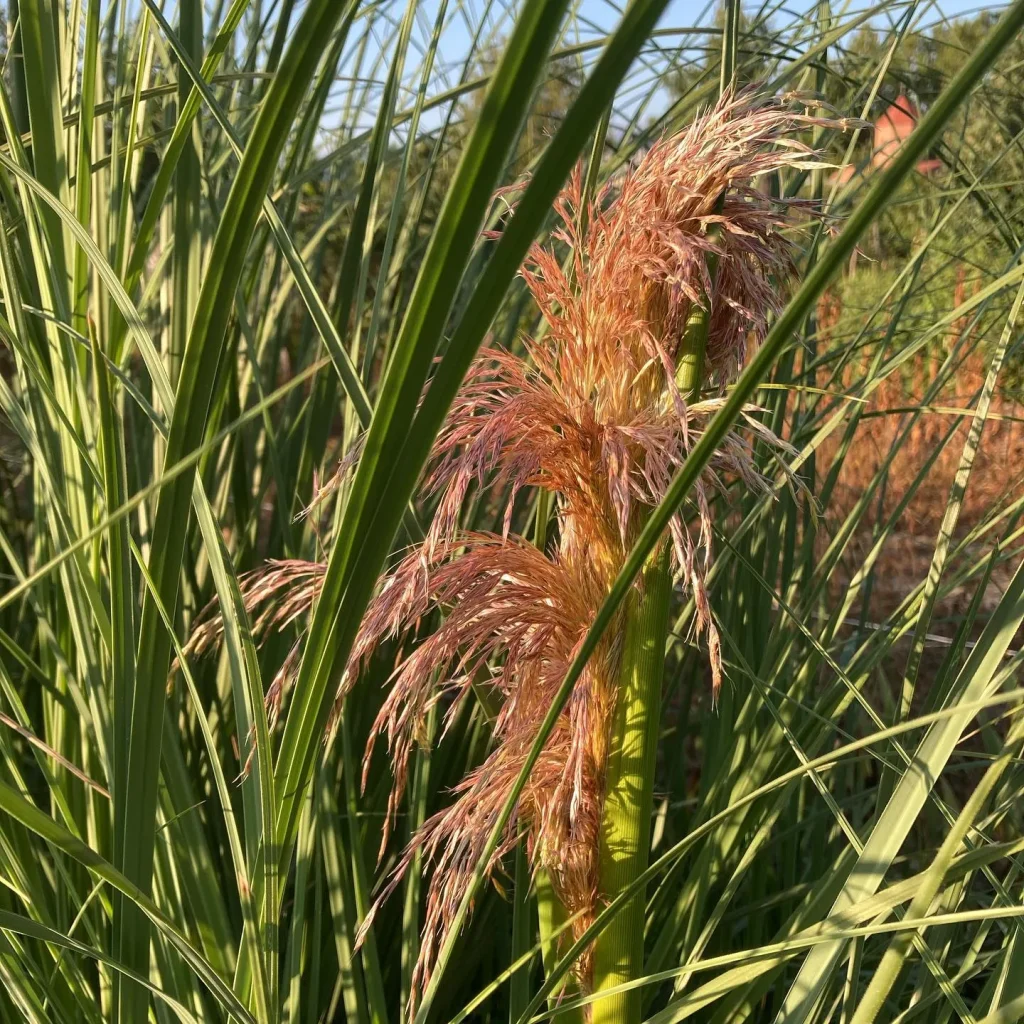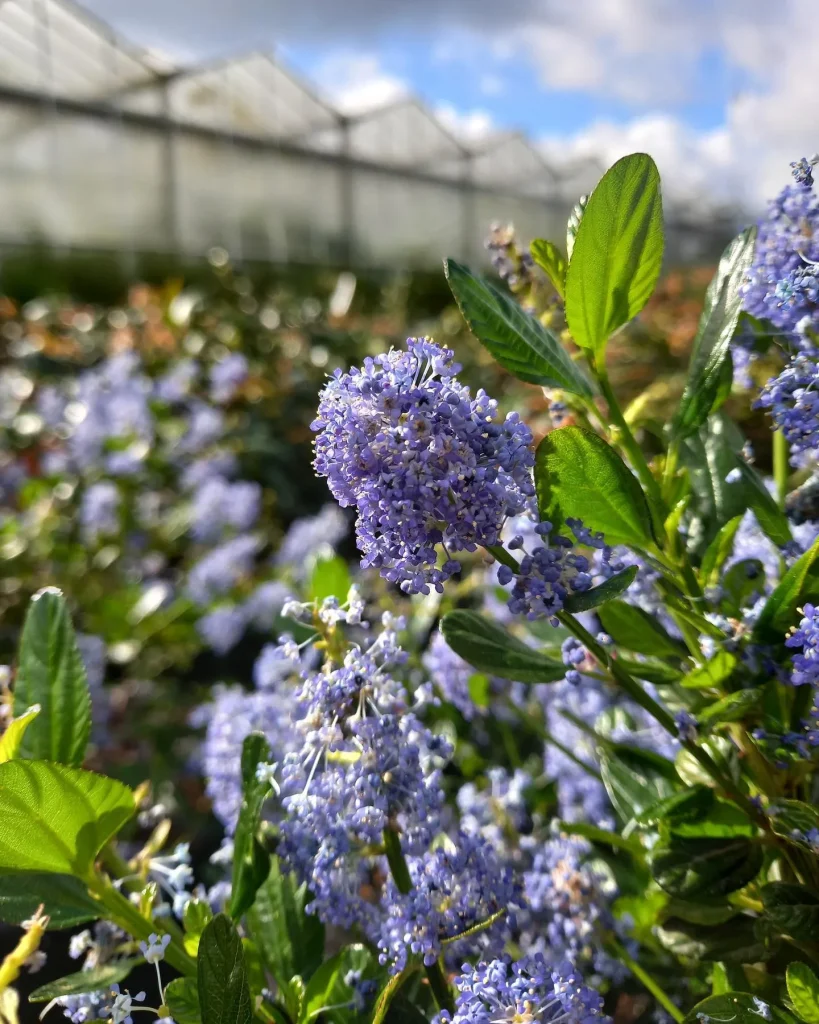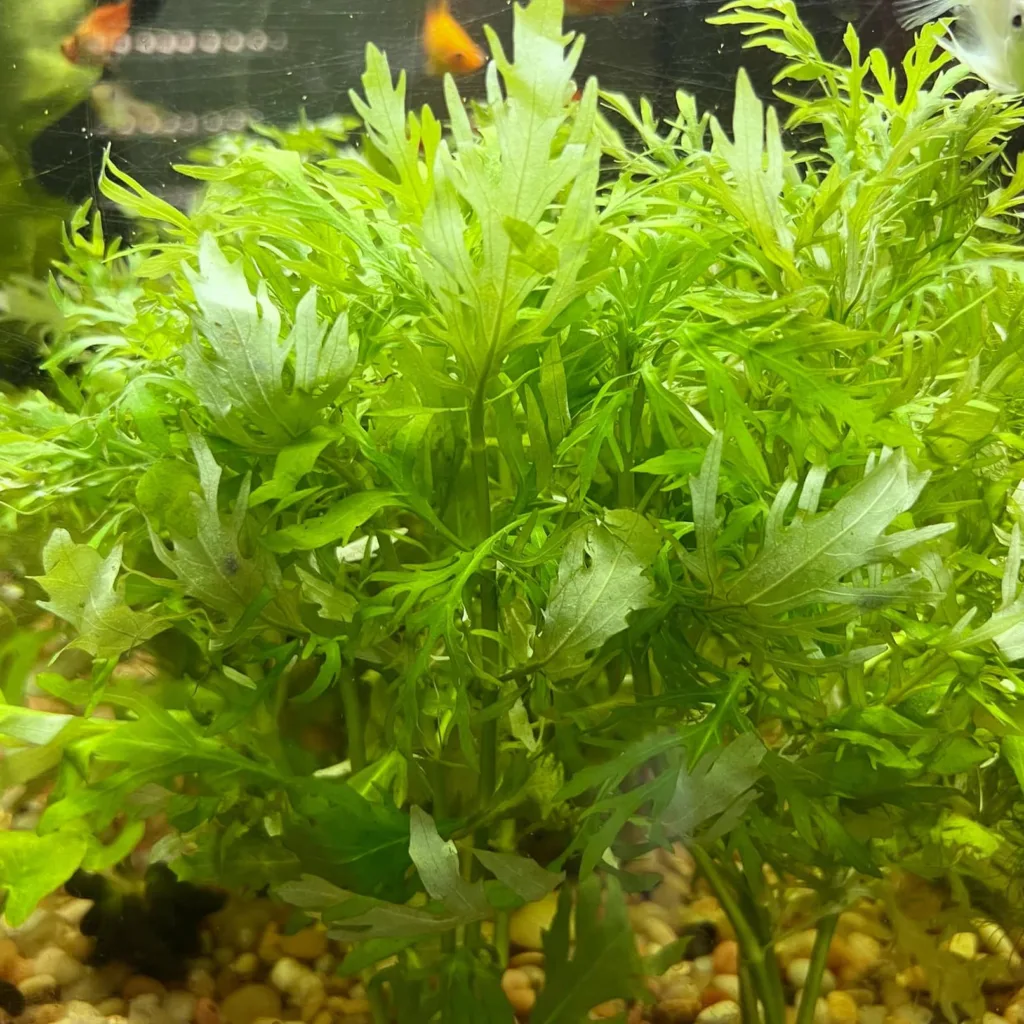The Allure of Water Lilies: A Deep Dive into Nymphaea
As a plant enthusiast, I, Ferb Vu, am captivated by the elegance and diversity of water lilies. These aquatic gems, belonging to the genus Nymphaea from the Nymphaeaceae family, have graced ponds and waterways for centuries, their beauty inspiring countless artists and poets. Today, I want to share my fascination with these botanical wonders, exploring their unique characteristics and the captivating world they inhabit.
A World of Water Lilies
Imagine a tranquil pond, its surface adorned with vibrant blooms that seem to float effortlessly. These are the water lilies, members of the Nymphaea genus, a group of around 50 species distributed across the globe. From the pristine white of the European white water lily (Nymphaea alba) to the fiery crimson of the tropical red water lily (Nymphaea rubra), the genus boasts a stunning array of colors and forms.
Nymphaea species are renowned for their large, round leaves that often float on the water’s surface, providing shade and shelter for aquatic life. Their flowers, which can be solitary or clustered, emerge from the water on long stalks, showcasing a mesmerizing array of petals and colors. These blooms, often fragrant, attract pollinators like bees and beetles, contributing to the delicate balance of the aquatic ecosystem.
Notable Nymphaea Species
The genus Nymphaea encompasses a diverse range of species, each with its own unique characteristics and allure. Here are:
- Nymphaea abhayana A.Chowdhury & M.Chowdhury
- Nymphaea alba L.
- Nymphaea alexii S.W.L.Jacobs & Hellq.
- Nymphaea amazonum Mart. & Zucc.
- Nymphaea ampla (Salisb.) DC.
- Nymphaea atrans S.W.L.Jacobs
- Nymphaea belophylla Trickett
- Nymphaea × borealis E.G.Camus
- Nymphaea caatingae C.T.Lima & Giul.
- Nymphaea candida C.Presl
- Nymphaea carpentariae S.W.L.Jacobs & Hellq.
- Nymphaea conardii Wiersema
- Nymphaea × daubenyana W.T.Baxter ex Daubeny
- Nymphaea dimorpha I.M.Turner
- Nymphaea divaricata Hutch.
- Nymphaea elegans Hook.
- Nymphaea elleniae S.W.L.Jacobs
- Nymphaea francae C.T.Lima & Giul.
- Nymphaea gardneriana Planch.
- Nymphaea georginae S.W.L.Jacobs & Hellq.
- Nymphaea gigantea Hook.
- Nymphaea glandulifera Rodschied
- Nymphaea gracilis Zucc.
- Nymphaea guineensis Schumach. & Thonn.
- Nymphaea harleyi C.T.Lima & Giul.
- Nymphaea hastifolia Domin
- Nymphaea heudelotii Planch.
- Nymphaea immutabilis S.W.L.Jacobs
- Nymphaea jacobsii Hellq.
- Nymphaea jamesoniana Planch.
- Nymphaea kakaduensis Hellq., A.Leu & M.L.Moody
- Nymphaea kimberleyensis (S.W.L.Jacobs) S.W.L.Jacobs & Hellq.
- Nymphaea lasiophylla Mart. & Zucc.
- Nymphaea leibergii (Morong) Rydb.
- Nymphaea lingulata Wiersema
- Nymphaea loriana Wiersema, Hellq. & Borsch
- Nymphaea lotus L.
- Nymphaea lukei S.W.L.Jacobs & Hellq.
- Nymphaea macrosperma Merr. & L.M.Perry
- Nymphaea maculata Schumach. & Thonn.
- Nymphaea manipurensis Asharani & Biseshwori
- Nymphaea mexicana Zucc.
- Nymphaea micrantha Guill. & Perr.
- Nymphaea noelae S.W.L.Jacobs & Hellq.
- Nymphaea nouchali Burm.f.
- Nymphaea novogranatensis Wiersema
- Nymphaea odorata Aiton
- Nymphaea ondinea Löhne, Wiersema & Borsch
- Nymphaea oxypetala Planch.
- Nymphaea paganuccii C.T.Lima & Giul.
- Nymphaea pedersenii (Wiersema) C.T.Lima & Giul.
- Nymphaea potamophila Wiersema
- Nymphaea prolifera Wiersema
- Nymphaea pubescens Willd.
- Nymphaea pulchella DC.
- Nymphaea rapinii C.T.Lima & Giul.
- Nymphaea rubra Roxb. ex Andrews
- Nymphaea rudgeana G.Mey.
- Nymphaea siamensis Puripany.
- Nymphaea stuhlmannii (Engl.) Schweinf. & Gilg
- Nymphaea sulphurea Gilg
- Nymphaea × sundvikii Hiitonen
- Nymphaea tenuinervia Casp.
- Nymphaea tetragona Georgi
- Nymphaea thermarum Eb.Fisch.
- Nymphaea × thiona D.B.Ward
- Nymphaea vanildae C.T.Lima & Giul.
- Nymphaea vaporalis S.W.L.Jacobs & Hellq.
- Nymphaea violacea Lehm.
The Significance of Nymphaea
Beyond their aesthetic appeal, water lilies play a crucial role in their ecosystems. Their leaves provide shade, reducing water temperature and inhibiting the growth of algae. Their flowers offer nectar and pollen to pollinators, supporting biodiversity. Additionally, their rhizomes, the underground stems, help to stabilize the pond or lake bed, preventing erosion.
Water lilies also hold cultural significance in many societies. In ancient Egypt, the blue lotus was revered as a symbol of rebirth and creation. In Hinduism and Buddhism, the lotus, often associated with Nymphaea, represents purity, enlightenment, and spiritual awakening.
Conservation and Cultivation
Despite their resilience, some Nymphaea species face threats due to habitat loss, pollution, and invasive species. Conservation efforts are crucial to protect these botanical treasures and ensure their continued existence.
Cultivating water lilies can be a rewarding experience, adding beauty and tranquility to gardens and ponds. Many nurseries offer a variety of Nymphaea species and cultivars, catering to different preferences and climates. With proper care and attention, these aquatic gems can thrive, bringing a touch of natural elegance to any setting.
A Personal Reflection
My fascination with Nymphaea stems from their ability to transform an ordinary pond into a mesmerizing spectacle. Their vibrant colors, delicate forms, and subtle fragrance evoke a sense of serenity and wonder. Observing a water lily in full bloom, its petals gracefully unfurling to reveal a golden heart, is a truly captivating experience.
As I continue to explore the world of Nymphaea, I am constantly amazed by their diversity and resilience. These aquatic wonders, with their ecological significance and cultural symbolism, serve as a reminder of the beauty and interconnectedness of the natural world.
If i die, water my plants!



